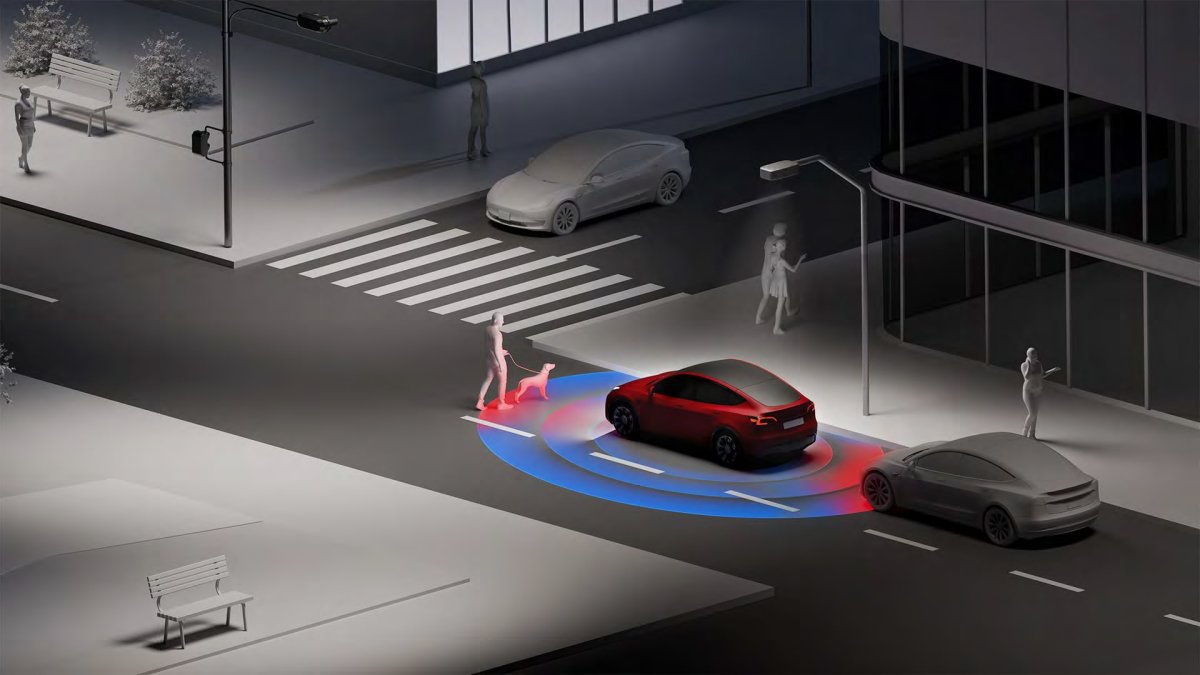 Tesla FSD Testing in China" />
Tesla FSD Testing in China" />
Tesla has embarked on an exciting new phase of its global expansion, securing permission to test its Full Self-Driving (FSD) capabilities on the bustling streets of Shanghai, China. This announcement comes hot on the heels of CEO Elon Musk’s recent visit to the country, where he discussed the potential rollout of FSD technology.
Gearing Up for FSD in China
China represents a significant milestone for Tesla as it’s known for unique traffic patterns and regulations, quite different from those in North America. To ensure a seamless transition, Tesla has been diligently translating FSD release notes into multiple languages and fortifying its infrastructure by building a data center in Shanghai. This data center will house a dedicated FSD Operations and Labelling team, setting the stage for rigorous real-world testing.
Unlike Europe, where regulatory challenges are aplenty, China presents a more straightforward avenue for Tesla’s ambitious plans. The company has collaborated closely with Chinese corporations and government bodies, culminating in the much-anticipated official approval for FSD testing.
With these projects underway, the potential for customer deployments of FSD in China could see fruition as early as the end of 2025. This aggressive timeline underscores Tesla’s expedited approach to revolutionizing urban mobility in one of the world’s most densely populated countries.
ADAS Competitors in China
China’s autonomous vehicle market is fiercely competitive, with local giants like Xpeng and Xiaomi pushing their own homegrown Advanced Driver Assistance Systems (ADAS). These systems, although promising, still have a long way to go before they can rival Tesla’s extensive database and sophisticated data-processing capabilities. Xpeng and Xiaomi rely on a combination of cameras, radars, ultrasonic sensors, and LIDAR, but they are yet to amass the cumulative mileage and experience that Tesla boasts.
Europe’s Regulatory Landscape
While Tesla is charting a clear path in China, its journey in Europe is riddled with regulatory hurdles. Countries like the UK, France, and Spain are currently key testing grounds. Nevertheless, European Union-specific regulations require that every action by the car must be manually approved by the driver, which poses a significant bottleneck for FSD implementation. Until these regulations are revisited and adapted to accommodate Tesla’s cutting-edge technology, a broad European rollout remains on hold.
Subscribe for Updates
Stay updated on the latest in Tesla's global expansion and technological advancements by subscribing to our newsletter.
Subscribe to our newsletter to stay up to date on the latest Tesla news, upcoming features, and software updates.
More Tesla News
In related news, Tesla has announced significant charging improvements for the Cybertruck and new eligibility for the $7,500 federal tax credit on the Model 3 Long Range. These updates highlight Tesla's commitment to continuous improvement and customer satisfaction.
Tesla Cybertruck to Receive Charging Improvements in Upcoming Update
Tesla Model 3 Long Range Now Eligible for $7.5K Tax Credit
